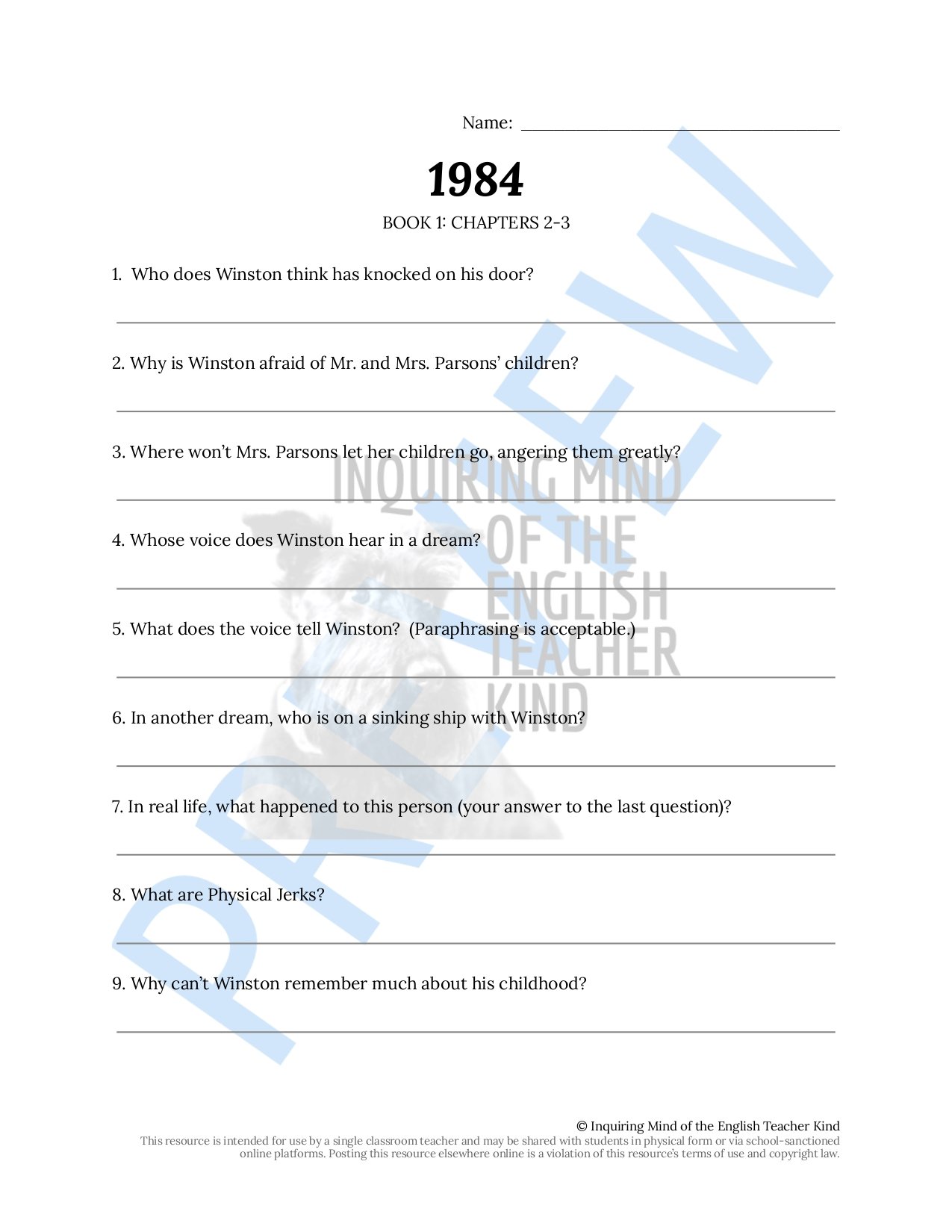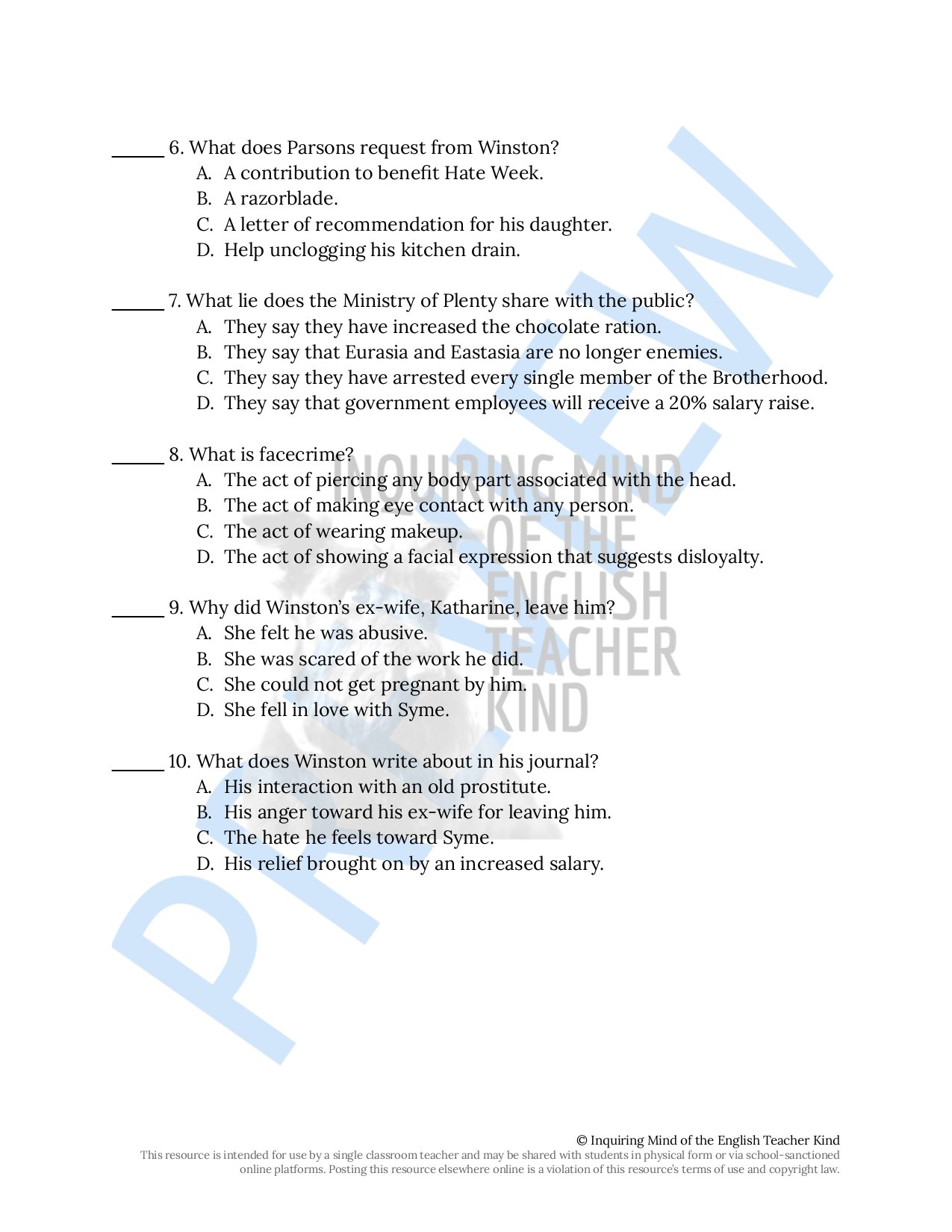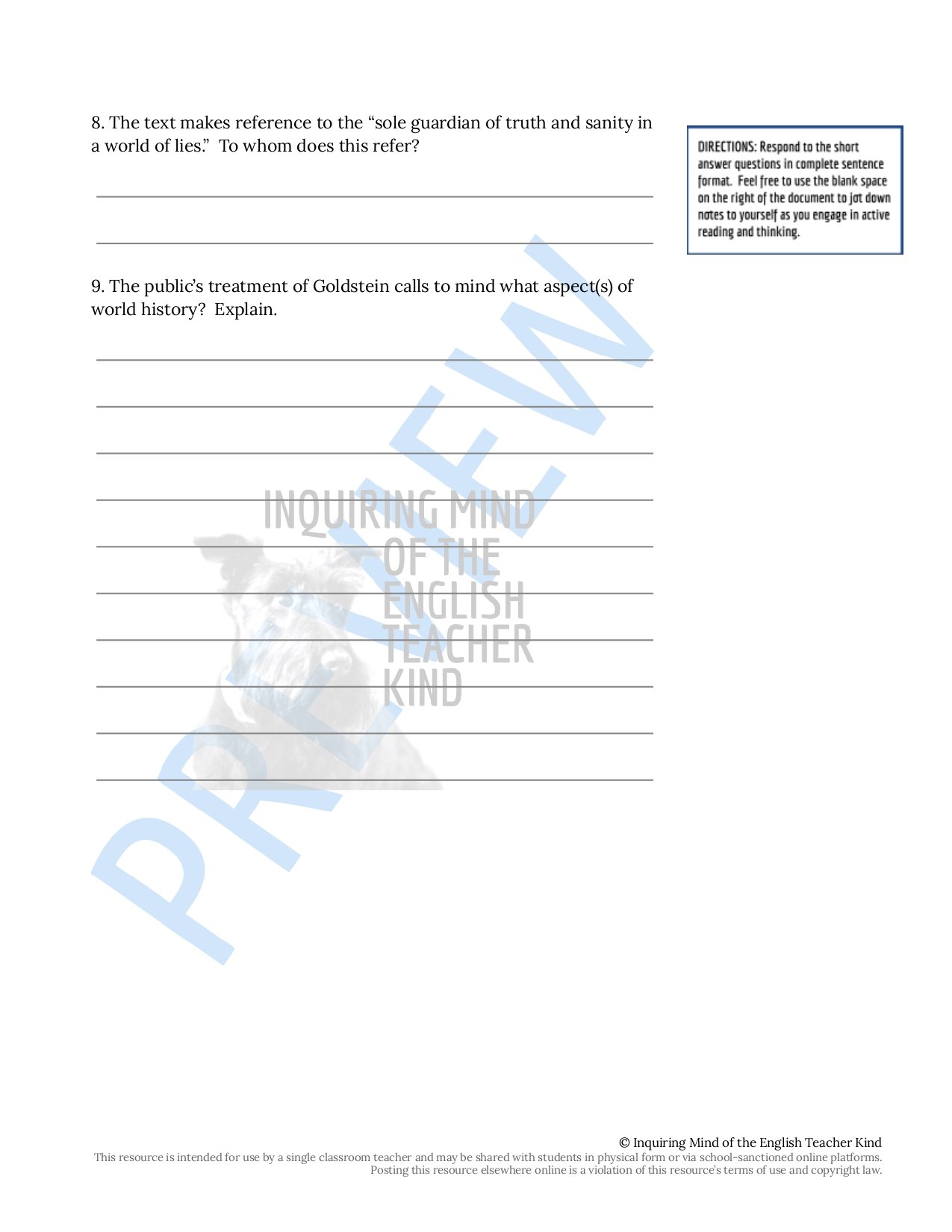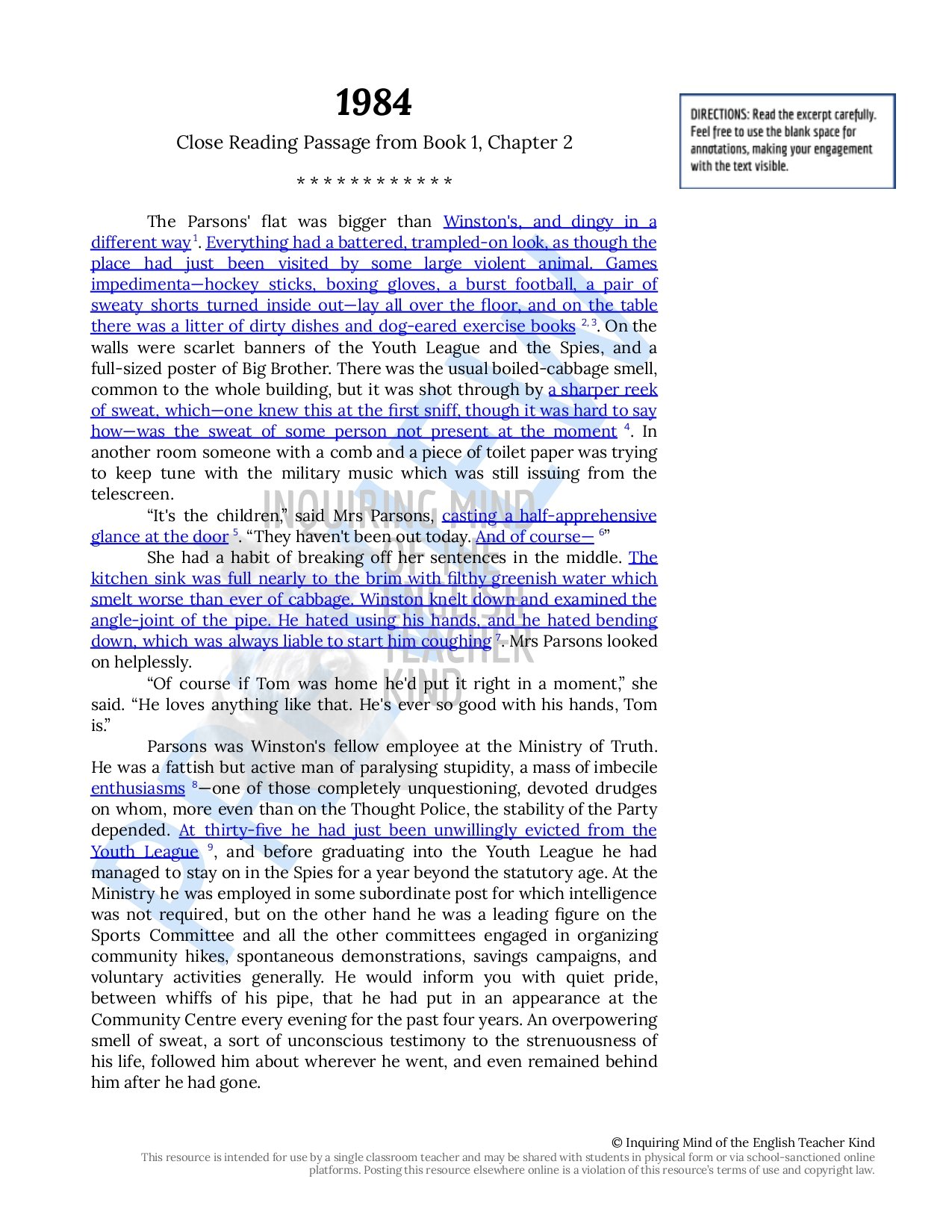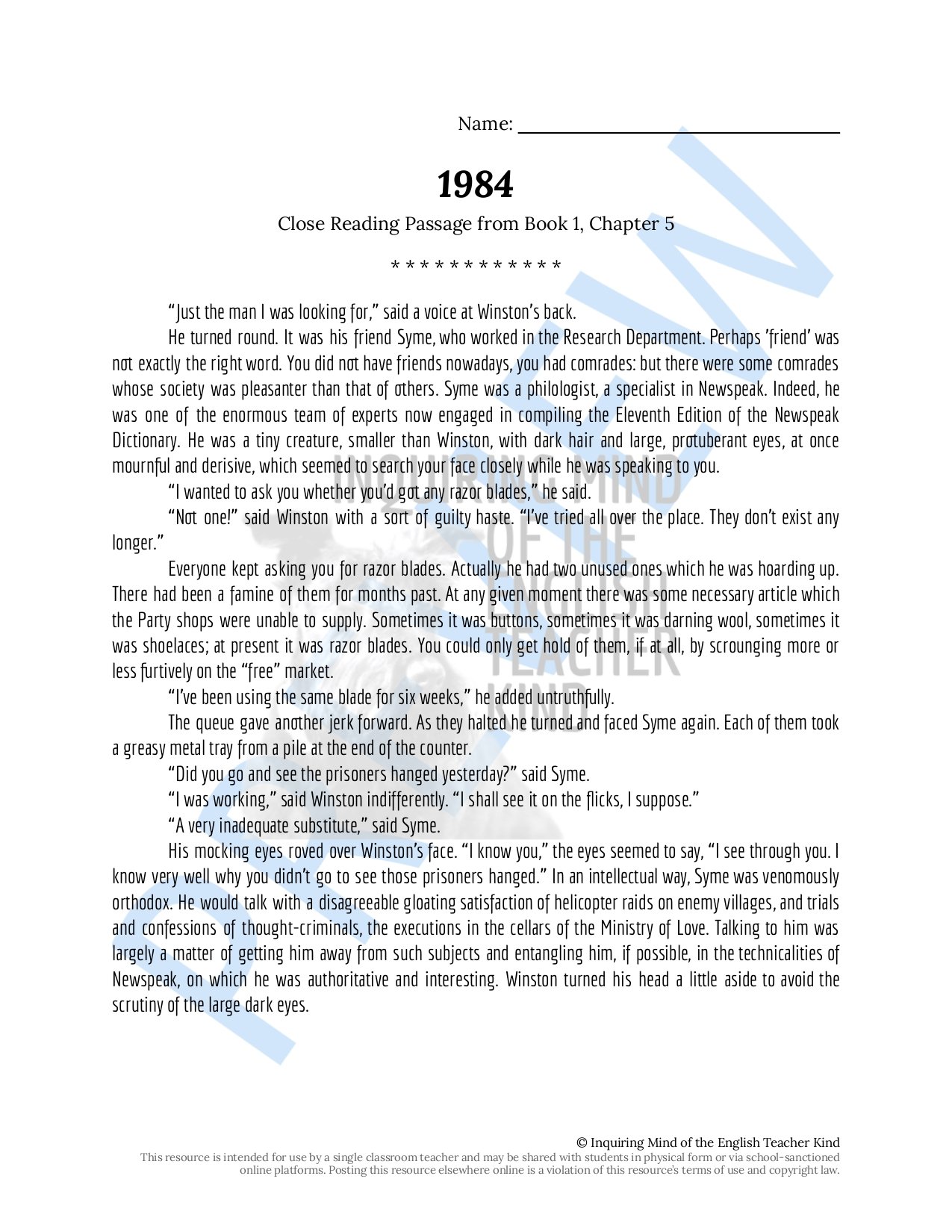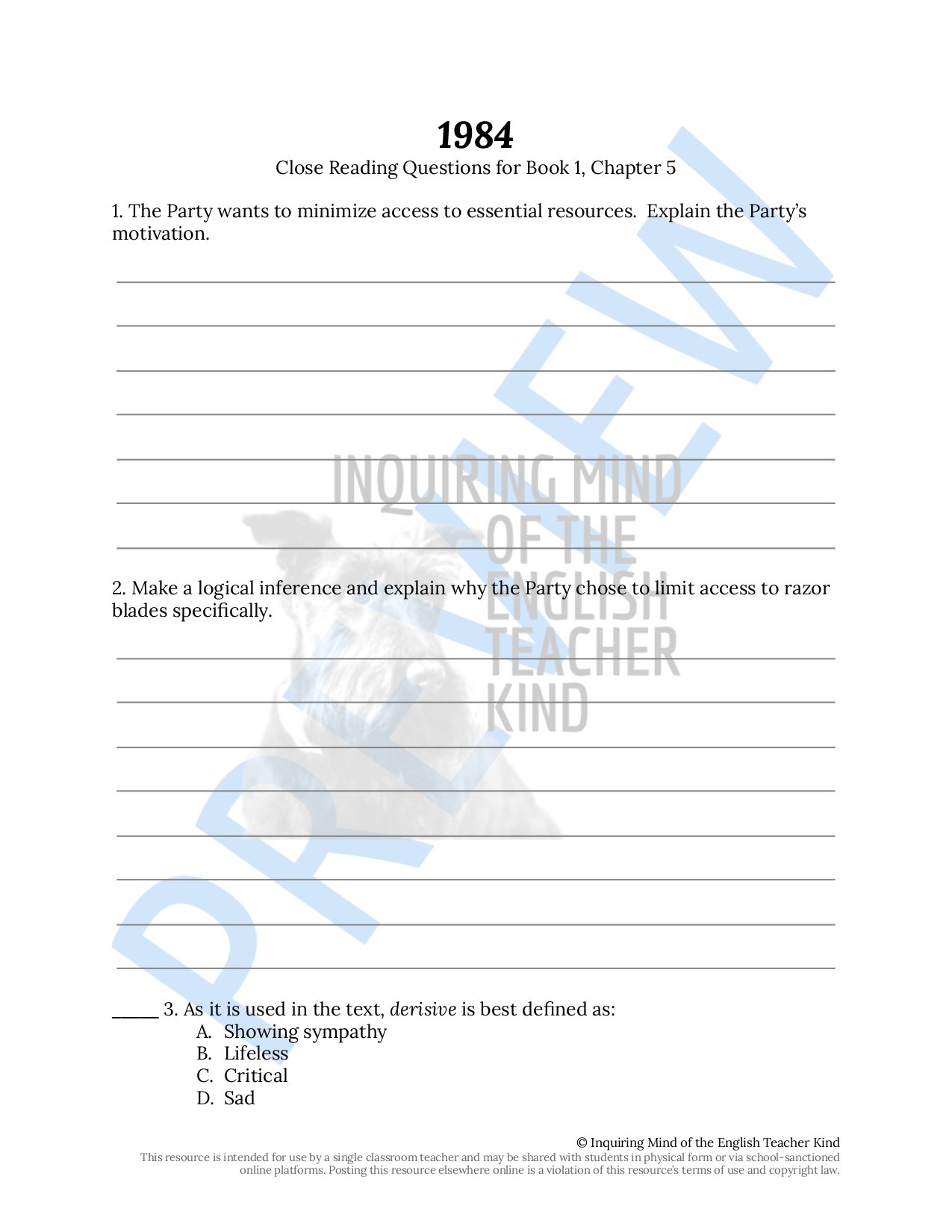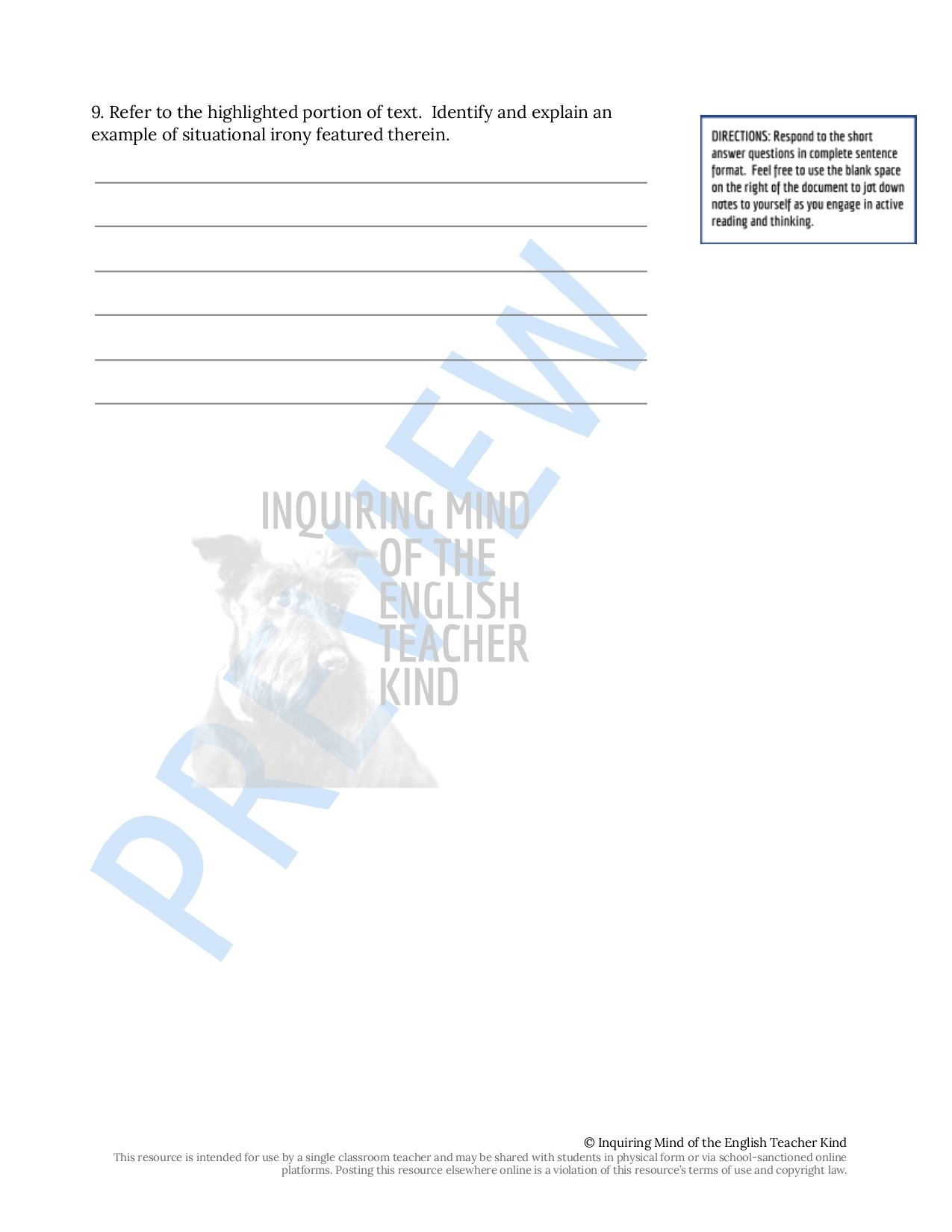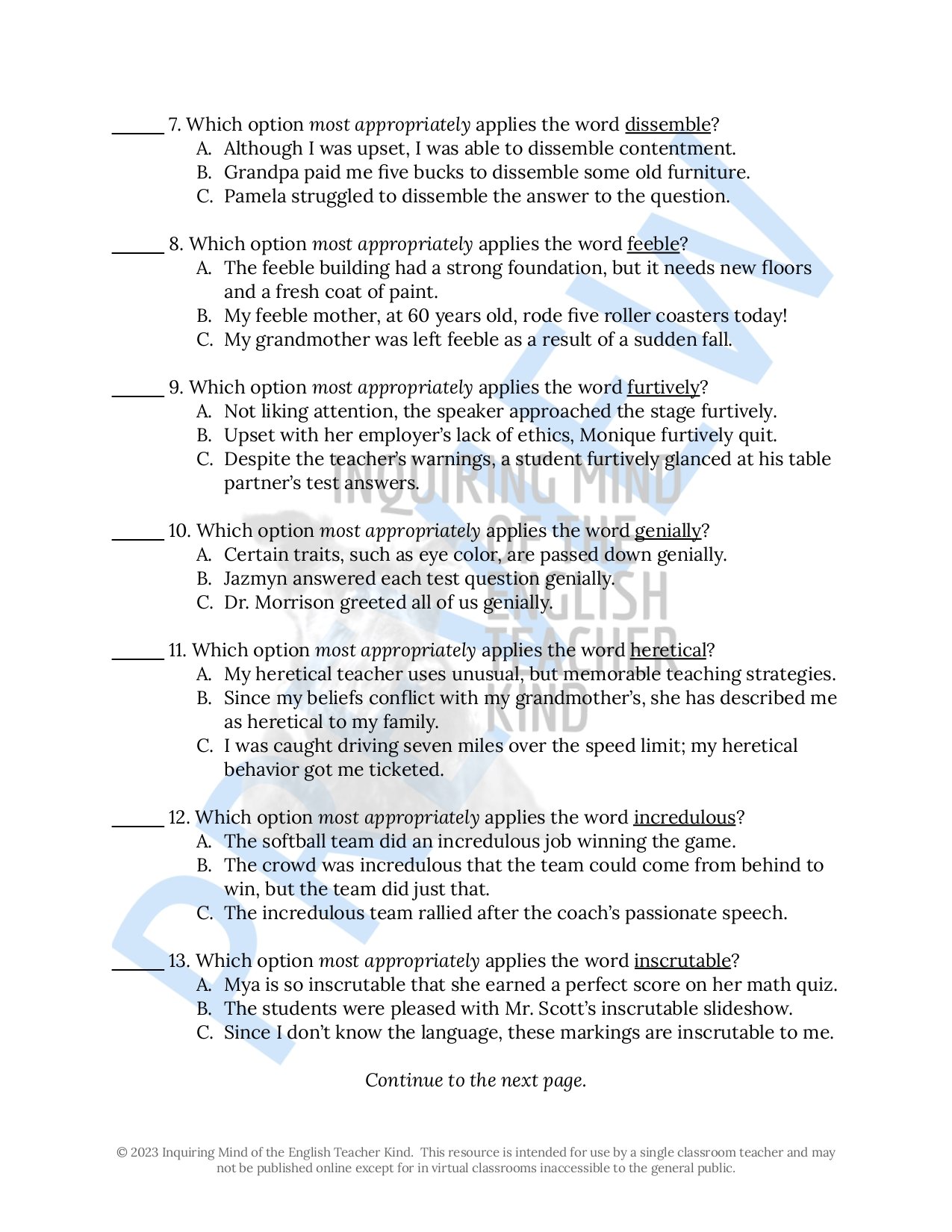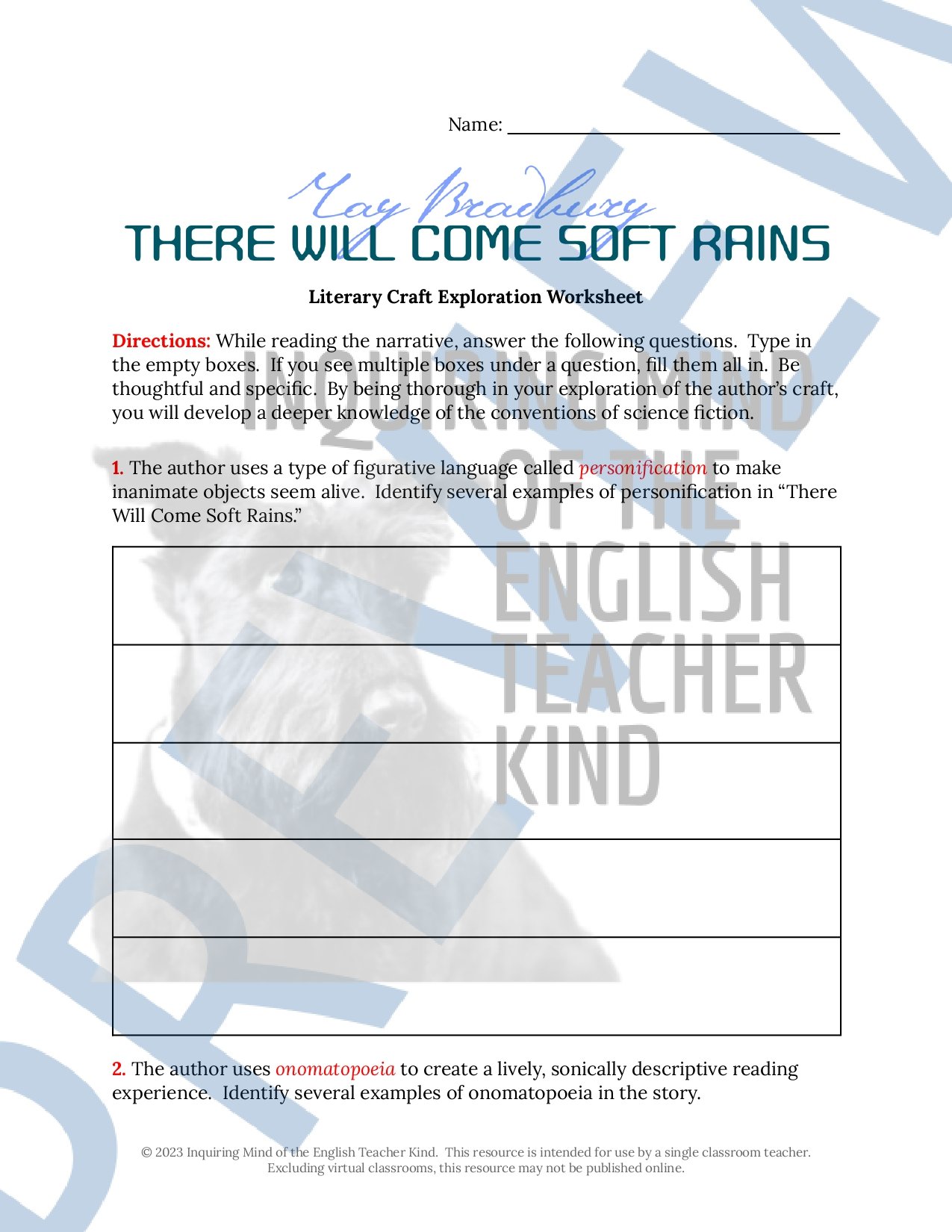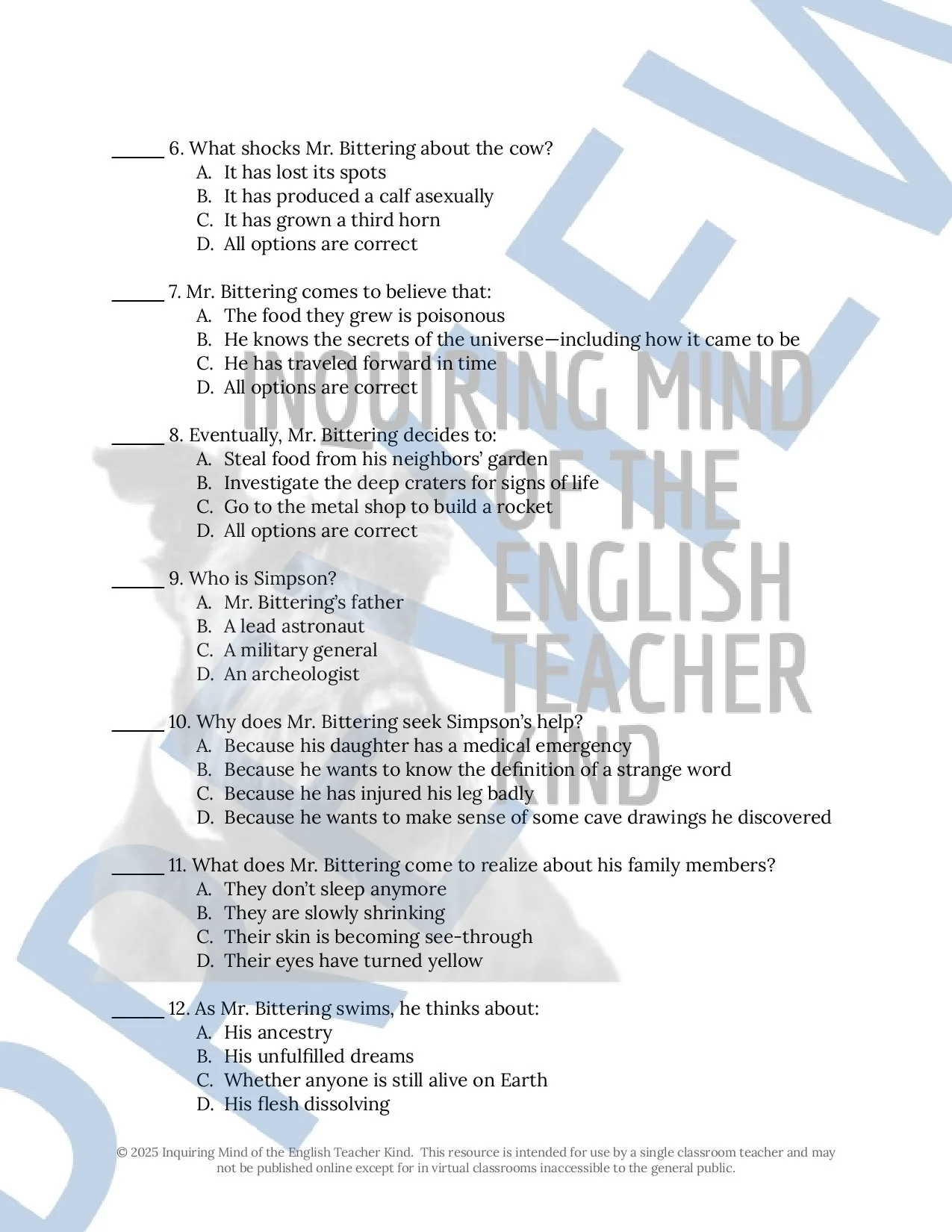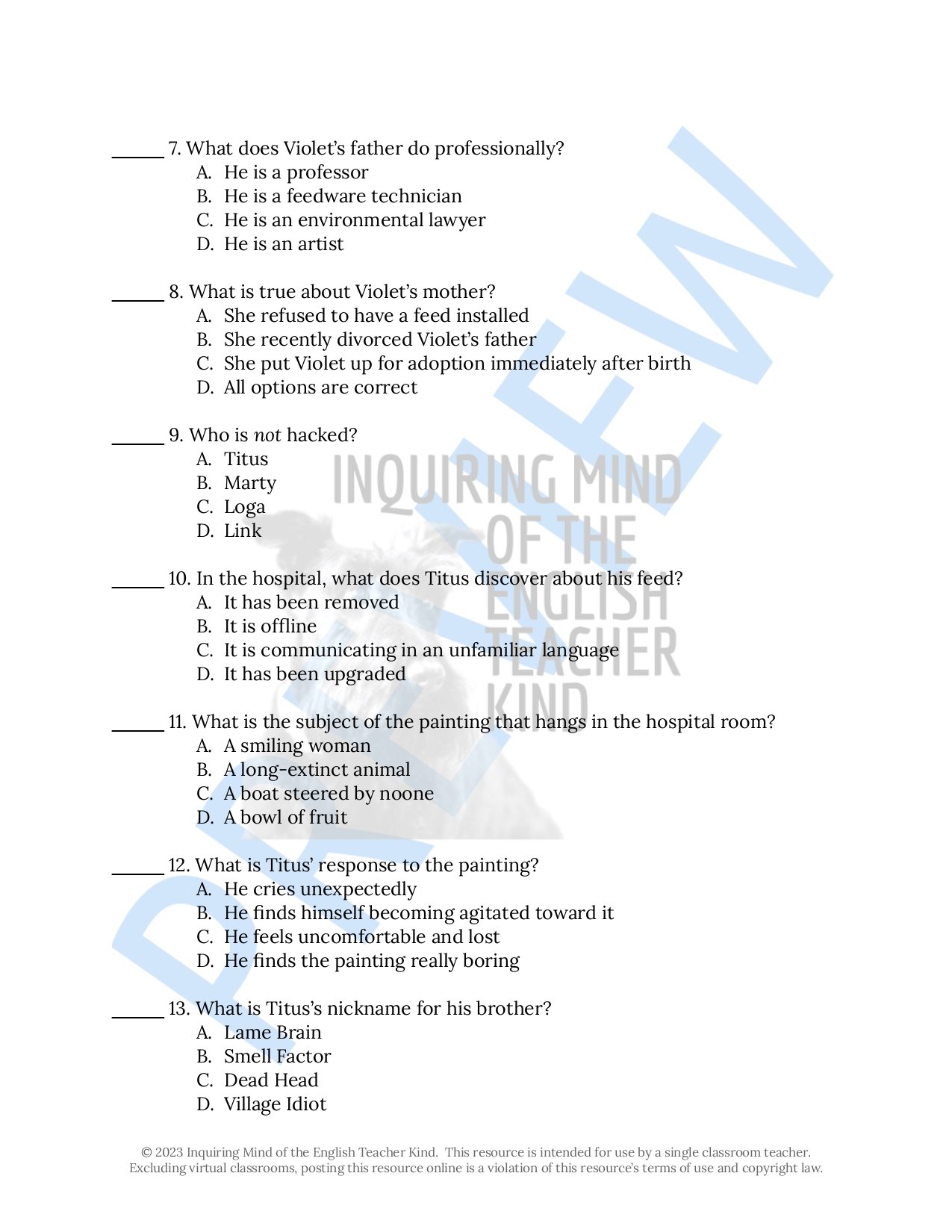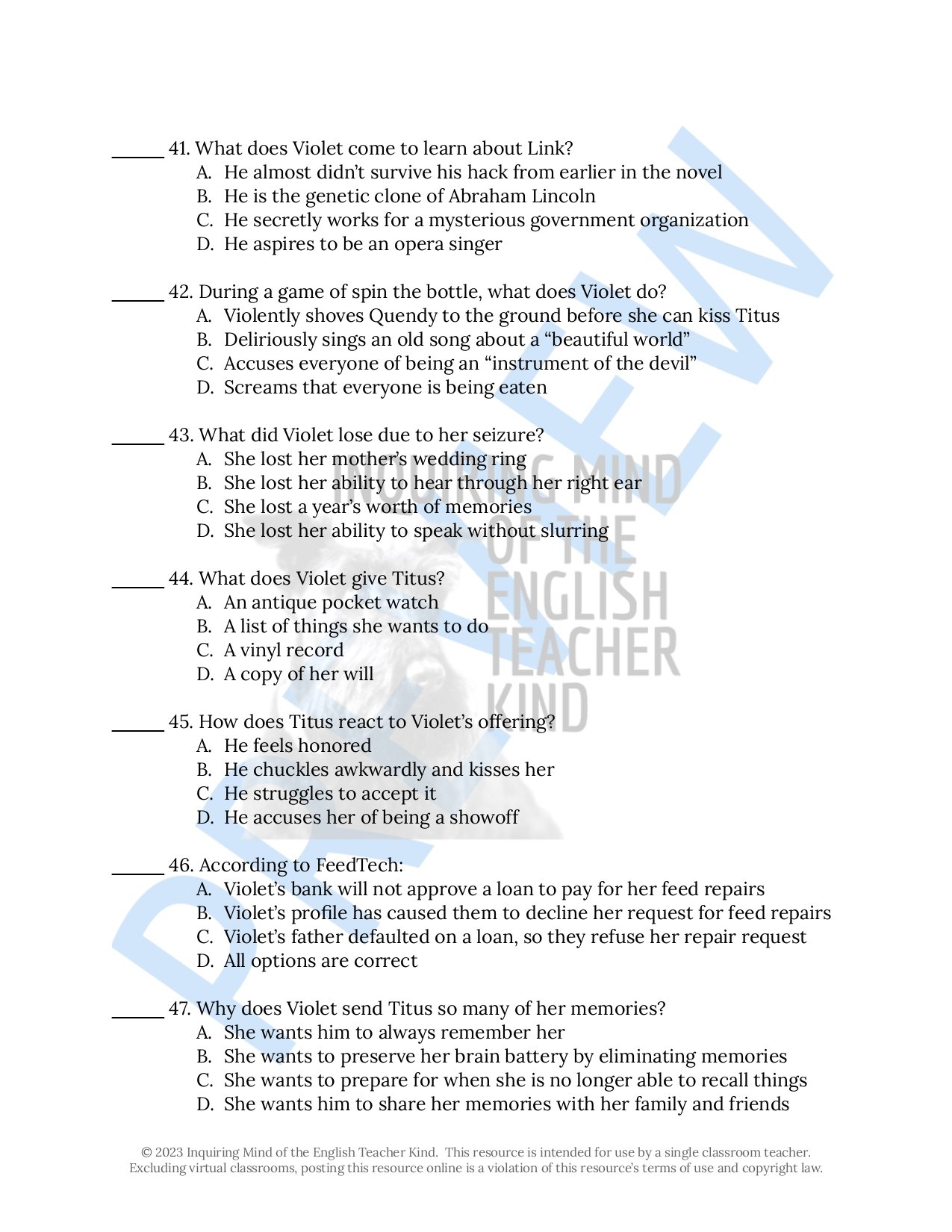 Image 1 of 83
Image 1 of 83

 Image 2 of 83
Image 2 of 83

 Image 3 of 83
Image 3 of 83

 Image 4 of 83
Image 4 of 83

 Image 5 of 83
Image 5 of 83

 Image 6 of 83
Image 6 of 83

 Image 7 of 83
Image 7 of 83

 Image 8 of 83
Image 8 of 83

 Image 9 of 83
Image 9 of 83

 Image 10 of 83
Image 10 of 83

 Image 11 of 83
Image 11 of 83

 Image 12 of 83
Image 12 of 83

 Image 13 of 83
Image 13 of 83

 Image 14 of 83
Image 14 of 83

 Image 15 of 83
Image 15 of 83

 Image 16 of 83
Image 16 of 83

 Image 17 of 83
Image 17 of 83

 Image 18 of 83
Image 18 of 83

 Image 19 of 83
Image 19 of 83

 Image 20 of 83
Image 20 of 83

 Image 21 of 83
Image 21 of 83

 Image 22 of 83
Image 22 of 83

 Image 23 of 83
Image 23 of 83

 Image 24 of 83
Image 24 of 83

 Image 25 of 83
Image 25 of 83

 Image 26 of 83
Image 26 of 83

 Image 27 of 83
Image 27 of 83

 Image 28 of 83
Image 28 of 83

 Image 29 of 83
Image 29 of 83

 Image 30 of 83
Image 30 of 83

 Image 31 of 83
Image 31 of 83

 Image 32 of 83
Image 32 of 83

 Image 33 of 83
Image 33 of 83

 Image 34 of 83
Image 34 of 83

 Image 35 of 83
Image 35 of 83

 Image 36 of 83
Image 36 of 83

 Image 37 of 83
Image 37 of 83

 Image 38 of 83
Image 38 of 83

 Image 39 of 83
Image 39 of 83

 Image 40 of 83
Image 40 of 83

 Image 41 of 83
Image 41 of 83

 Image 42 of 83
Image 42 of 83

 Image 43 of 83
Image 43 of 83

 Image 44 of 83
Image 44 of 83

 Image 45 of 83
Image 45 of 83

 Image 46 of 83
Image 46 of 83

 Image 47 of 83
Image 47 of 83

 Image 48 of 83
Image 48 of 83

 Image 49 of 83
Image 49 of 83

 Image 50 of 83
Image 50 of 83

 Image 51 of 83
Image 51 of 83

 Image 52 of 83
Image 52 of 83

 Image 53 of 83
Image 53 of 83

 Image 54 of 83
Image 54 of 83

 Image 55 of 83
Image 55 of 83

 Image 56 of 83
Image 56 of 83

 Image 57 of 83
Image 57 of 83

 Image 58 of 83
Image 58 of 83

 Image 59 of 83
Image 59 of 83

 Image 60 of 83
Image 60 of 83

 Image 61 of 83
Image 61 of 83

 Image 62 of 83
Image 62 of 83

 Image 63 of 83
Image 63 of 83

 Image 64 of 83
Image 64 of 83

 Image 65 of 83
Image 65 of 83

 Image 66 of 83
Image 66 of 83

 Image 67 of 83
Image 67 of 83

 Image 68 of 83
Image 68 of 83

 Image 69 of 83
Image 69 of 83

 Image 70 of 83
Image 70 of 83

 Image 71 of 83
Image 71 of 83

 Image 72 of 83
Image 72 of 83

 Image 73 of 83
Image 73 of 83

 Image 74 of 83
Image 74 of 83

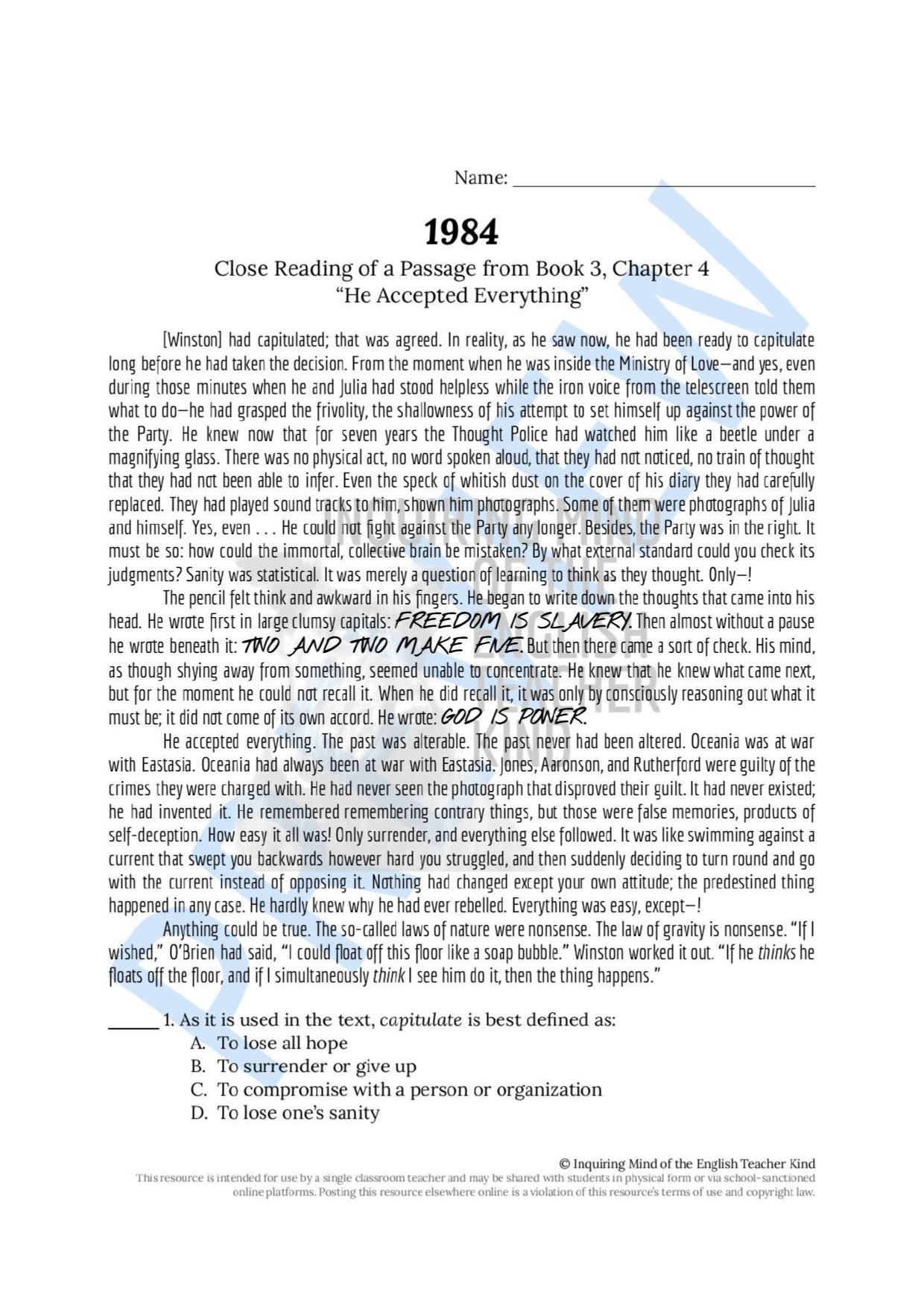 Image 75 of 83
Image 75 of 83

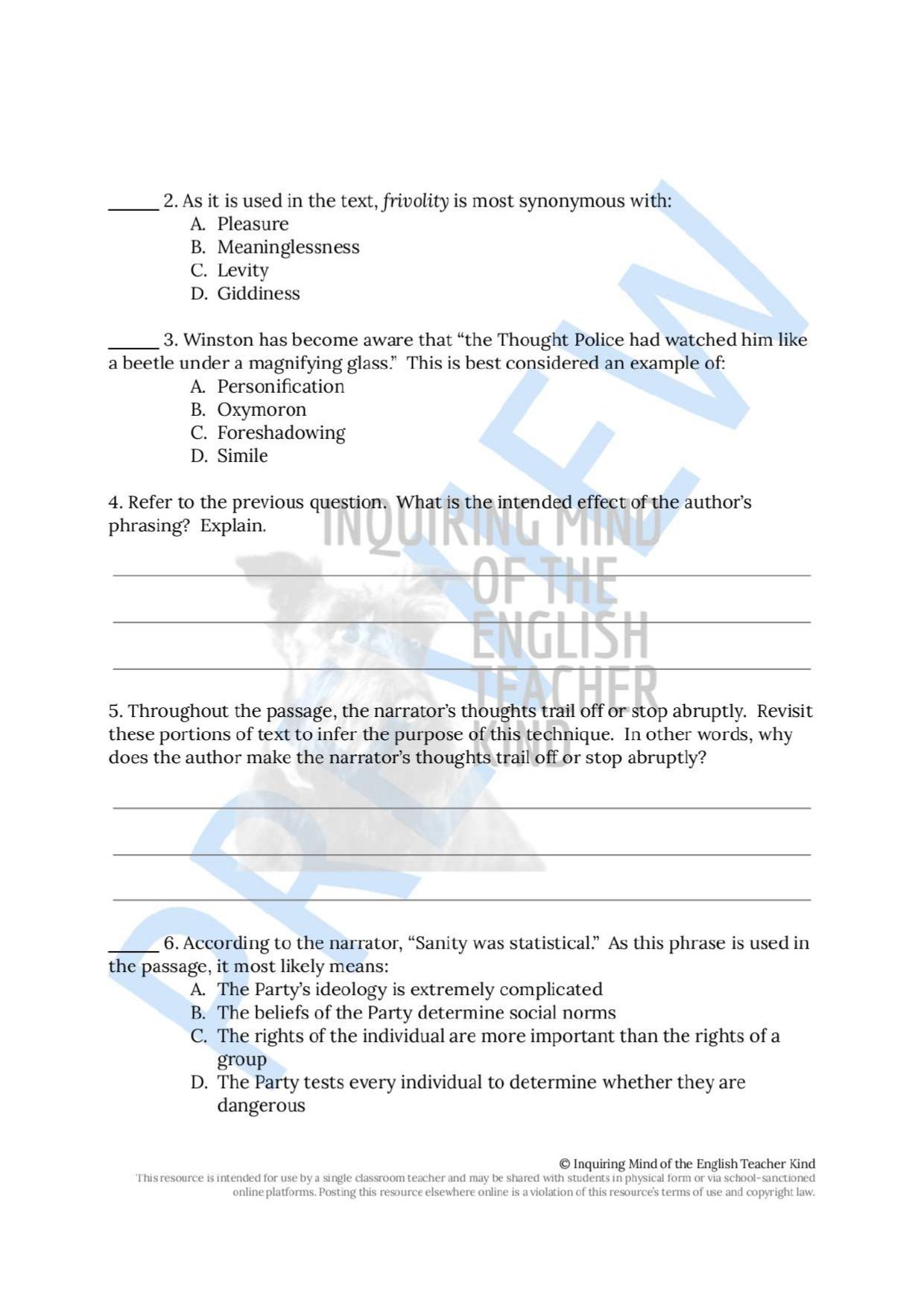 Image 76 of 83
Image 76 of 83

 Image 77 of 83
Image 77 of 83

 Image 78 of 83
Image 78 of 83

 Image 79 of 83
Image 79 of 83

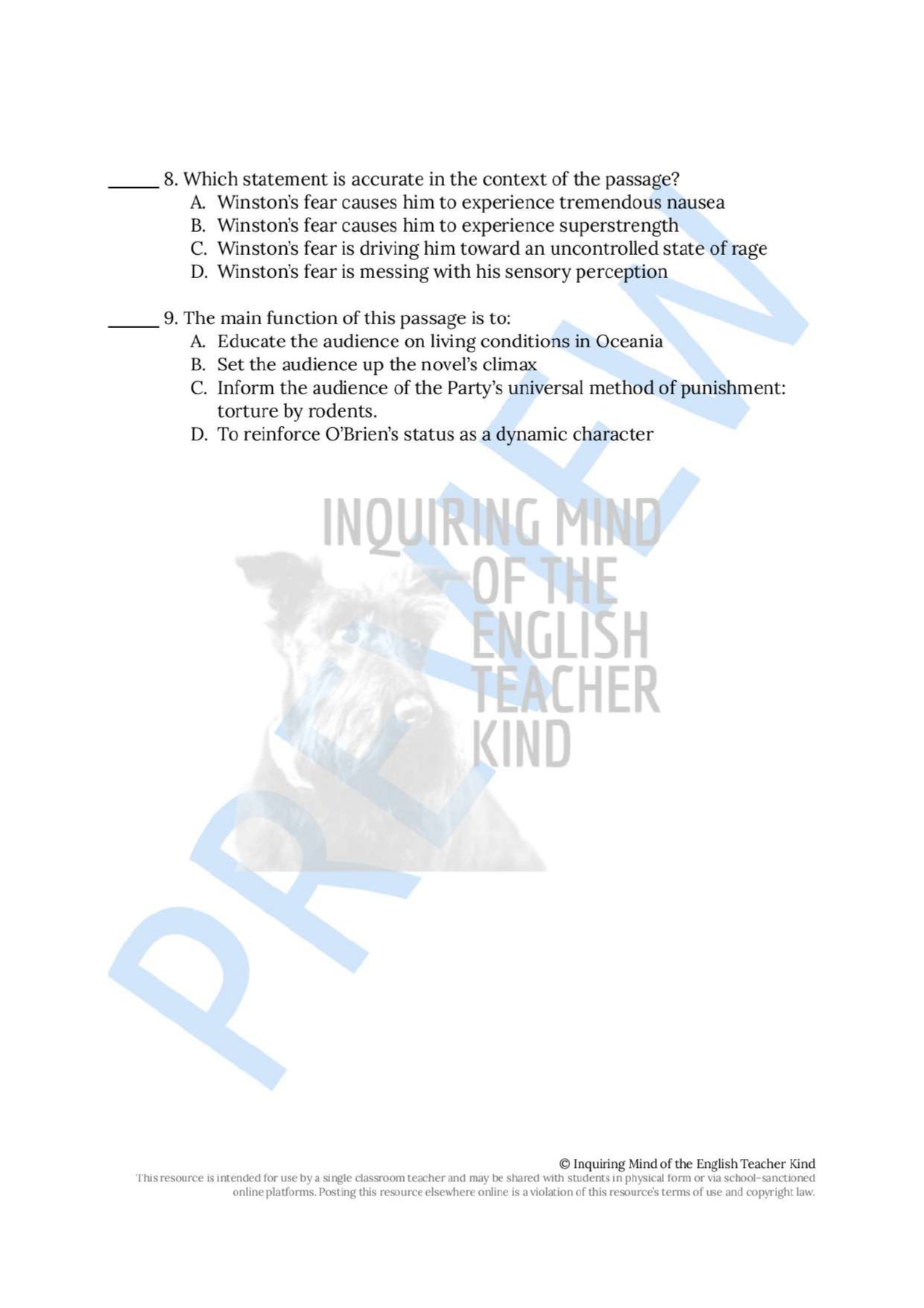 Image 80 of 83
Image 80 of 83

 Image 81 of 83
Image 81 of 83

 Image 82 of 83
Image 82 of 83

 Image 83 of 83
Image 83 of 83




















































































1984 Close Reading Analysis Worksheets Bundle for High School (Set of 24)
Help high school students go beyond general reading comprehension and support the development of critical thinking skills with this bundle of close reading analysis activities covering significant passages from George Orwell's dystopian novel 1984. Every chapter is represented for a total of 24 close reading worksheets. Materials are delivered in editable Word Document and printable PDF formats. (Alternatively, a Google Drive bundle option is available.) By engaging with these activities, students will:
Identify what the text states explicitly and implicitly
Define words and phrases as they are used in the text
Verify interpretations of language using reference materials
Choose the most proper application of words as they are used in sentences
Discern the intended effects of the author's diction and narrative techniques
Describe tone in context
Determine the functions of given passages
Explore how complex characters think, behave, interact, and develop
Compare aspects of the Party's inner-workings to aspects of the Brotherhood's inner-workings
Apply knowledge of literary devices including metaphor, simile, euphemism, symbolism, situational irony, and more
Consider themes in context
Conduct brief research on relevant topics, such as Nazi Germany's treatment of the Jews, and articulate historical parallels in the text
Support claims and inferences with sound reasoning and relevant evidence
Write about literature with clarity, accuracy, and precision
Come to class better prepared to discuss works of fiction
This resource may facilitate small-group discussions in which students decode language and pose/respond to questions relating to plot, broad topics, and character development. Using this resource for structured guidance, students will improve their ability to present information, conclusions, and supporting textual evidence clearly and convincingly.
Resources are available for a variety of other engaging novels:
Help high school students go beyond general reading comprehension and support the development of critical thinking skills with this bundle of close reading analysis activities covering significant passages from George Orwell's dystopian novel 1984. Every chapter is represented for a total of 24 close reading worksheets. Materials are delivered in editable Word Document and printable PDF formats. (Alternatively, a Google Drive bundle option is available.) By engaging with these activities, students will:
Identify what the text states explicitly and implicitly
Define words and phrases as they are used in the text
Verify interpretations of language using reference materials
Choose the most proper application of words as they are used in sentences
Discern the intended effects of the author's diction and narrative techniques
Describe tone in context
Determine the functions of given passages
Explore how complex characters think, behave, interact, and develop
Compare aspects of the Party's inner-workings to aspects of the Brotherhood's inner-workings
Apply knowledge of literary devices including metaphor, simile, euphemism, symbolism, situational irony, and more
Consider themes in context
Conduct brief research on relevant topics, such as Nazi Germany's treatment of the Jews, and articulate historical parallels in the text
Support claims and inferences with sound reasoning and relevant evidence
Write about literature with clarity, accuracy, and precision
Come to class better prepared to discuss works of fiction
This resource may facilitate small-group discussions in which students decode language and pose/respond to questions relating to plot, broad topics, and character development. Using this resource for structured guidance, students will improve their ability to present information, conclusions, and supporting textual evidence clearly and convincingly.
Resources are available for a variety of other engaging novels:







